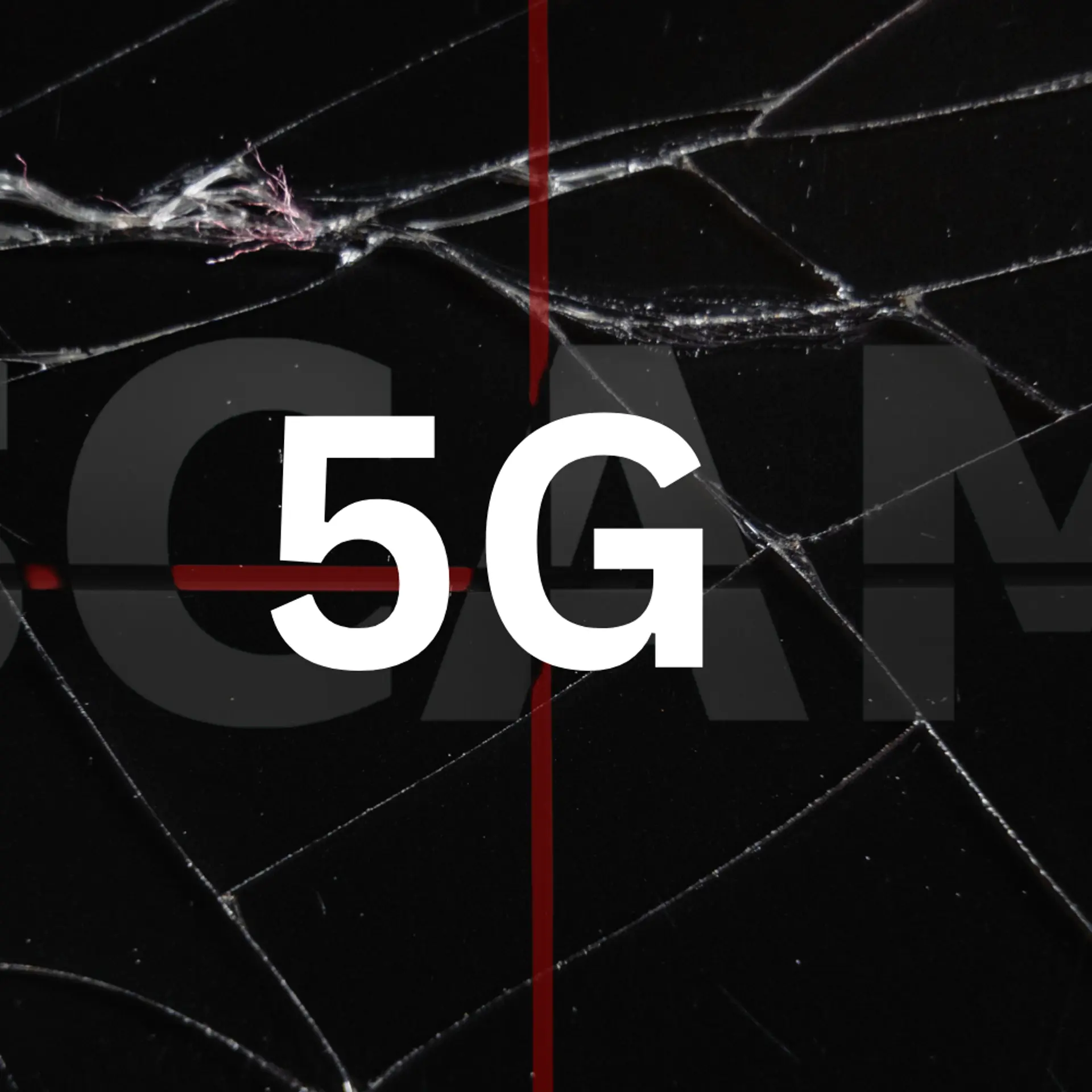Xiaomi was world’s fastest-growing smartphone brand in 2017
Global smartphone shipments touched a record 1.55 billion units. Chinese brands outgrew their peers riding on strong growth in India and Southeast Asia.
China’s Xiaomi toppled Samsung, Apple, Huawei, and others to record the highest growth rate in smartphone shipments last year. Xiaomi grew a massive 56 percent in 2017, with yearly shipments touching 96 million, according to Counterpoint Research.
Xiaomi rode strong sales in home market China, and India, where it surpassed Samsung as the leading smartphone brand in 2017. Samsung had held the top spot for 24 straight quarters. Counterpoint states, “A broad product line-up in the right price category along with a strong go to market strategy helped Xiaomi achieve this feat.”

Xiaomi is also going global, having expanded to over 60 markets compared to just 40 a quarter ago. It now occupies 6.1 percent of the global market, and has broken into the top five that also includes Samsung, Apple, Huawei and Oppo.
Overall global smartphone shipments touched a record 1.55 billion units in 2017. But, growth has been slow at two percent over 2016’s 1.52 billion units. The top ten smartphone brands now hold 77 percent of the market, leaving the rest for 600-plus brands.
China’s dominance
Chinese brands in general picked up significant pace across the world. Xiaomi, Vivo, Oppo and Huawei (led by its sub-brand Honor) were the fastest growing smartphone brands, while veterans Apple, Samsung and LG experienced flat-to-sluggish growth.
Jeff Fieldhack, Research Director at Counterpoint Research, said, “For the first time in Q4 2017, shipments of seven out of the top ten brands declined year-on-year signaling a tough quarter for most of the original equipment manufacturers (OEMs). Xiaomi, Oppo and Vivo were the only brands among top ten which grew mostly due to strong performances outside of China.”
Huawei’s Honor brand led online sales in China, ahead of even Xiaomi. However, Huawei’s overall performance was a tad impacted by a nine percent decline in shipments in Latin America and the Middle East. Its global shipments grew 10 percent to 153.1 million in 2017.
Vivo and Oppo, meanwhile, were the second and third fastest-growing brands after Xiaomi. While Vivo shipments grew 36 percent to 107.1 million, Oppo recorded a 30-percent rise to 121.1 million shipments.
In terms of global market share, though, Oppo is ahead with an eight-percent share, while Vivo has captured seven percent of the market. “The aggressive expansion of these brands in markets outside mainland China will be the key to growth as the home market reaches saturation levels in 2018,” states the report.

Top Two: Samsung and Apple
Samsung continued to lead in volumes, capturing 21 percent of the smartphone market worldwide. However, its shipments grew a mere 3 percent in 2017 to cross 318 million. Sequentially, Samsung shipments declined due to a 11 percent drop in India, China and Western Europe.
However, Samsung emerged as the undisputed leader in the Latin American market. Counterpoint reveals, “Its strong foothold in Brazil and Argentina, both very protective markets, facilitated it to more than triple its share from the closest competitor.”
iPhone sales, on the other hand, remained flat at 215.8 million units compared to 215.2 million units in 2016. Despite recording a strong performance in the US, Apple ended the year as the number two smartphone brand with a 14 percent market share.
Apple’s strategy to sell competitively priced older iPhone models in China drove some uptick in the second half of the year. Counterpoint said the Chinese holiday season in the first quarter of 2018 will be “a critical period setting the tone for the Apple’s full-year outlook.”
It is left to be seen if the much talked-about iPhone X can drive Apple’s “super cycle” in one of its key markets — China. Counterpoint’s Fieldhack explained, “The challenge for Apple going forward will be its ability to continue to grow its base of 1.3 billion devices.”







